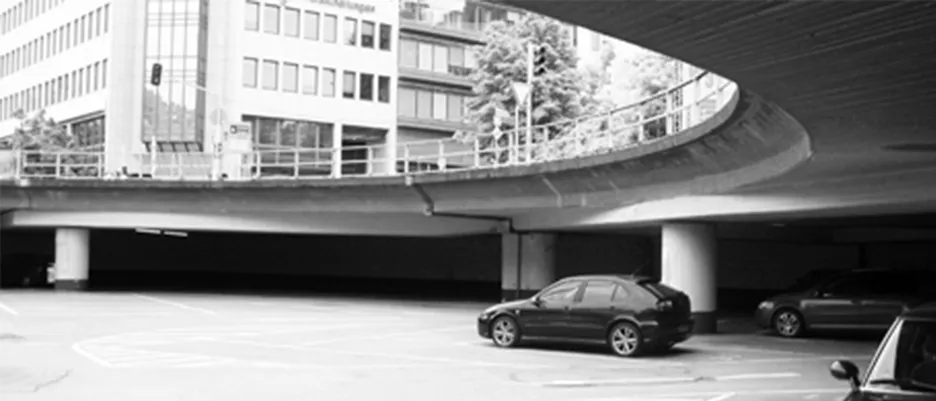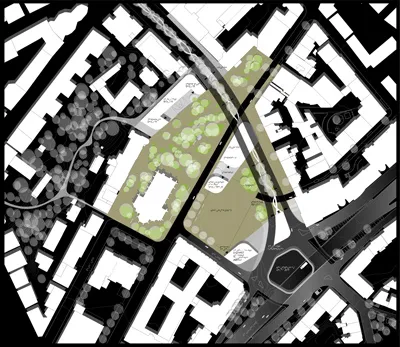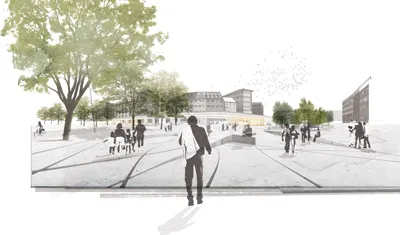Infrastructure Urbanism
Projekt III, Winter Semester 2008/09
Topic
The Stuttgart metropolitan region, with approximately 3 million inhabitants, is one of the economic centers of South-West Europe. Unlike in other regions, the rapid urban growth in the 1950s and 60s, driven by the industrial cores of the automotive and supplier industries, has led to a sprawling settlement structure and a transportation infrastructure oriented toward production sites. What could be subsumed today under the concept of the "car-friendly city" has become obsolete in many inner-city areas of Stuttgart – or at least the understanding has spread that these spaces need to be "rethought."
"A road is not longer a place to drive on, it's a place to be..." as Marc Augé stated in 1995 in his essay "Non-Places: Introduction to an Anthropology of Supermodernity." What qualities, potentials, and peculiarities can be cultivated in such a unique place? Is its "distinctiveness" designable or plannable? In our project, we wanted to address such questions in general and discuss and design them particularly at the project location, the Austrian Square in Stuttgart. The goal was to find appropriate strategies and solutions for dealing with the site and its specific characteristics.
Work Steps
As an introduction to the topic, students were tasked with analyzing various aspects of the car-friendly city and its criticism. Furthermore, they were required to explore the location and investigate comparable spaces in the city. Initial theses and project approaches were discussed through a collaborative model workshop. The site inspection was conducted based on the questions and theses derived from the model workshop. The design work was initially started at a strategic level, utilizing tools such as the "cognitive workshop model" and structural models at a scale of 1:500. A more in-depth development and refinement of the design project occurred at a scale of 1:200.
Excursion
As part of a short excursion to Stuttgart, an on-site visit to the project area at Austrian Square took place, building on the foundational work already undertaken. This visit was guided not only by the staff of the department but also by so-called "local experts" from Stuttgart. Furthermore, the supervision of the design project was accompanied by the Department of Settlement Structure and Traffic Planning, led by Professor Wulfhorst, as part of an "Integrated Examination Project in Engineering." At the end of the semester, the results, including the theoretical first research phase, were presented in the form of plans, films, and essays. Particularly, the design projects were showcased through drawings and models.
Supervision
Prof. Regine Keller, Dipl.-Ing. Kleinekort, Dipl.-Ing. Thomas Hauck
Guest Critic
Ph.D. Kristine Jensen (AKJT), Dipl. Des. Julia Polinna (frogdesign), Dipl.-Ing. Maren Harnack, (HCU Hamburg), Dipl.-Ing. Ina Laux, Dipl.-Ing. Jürgen Huber


